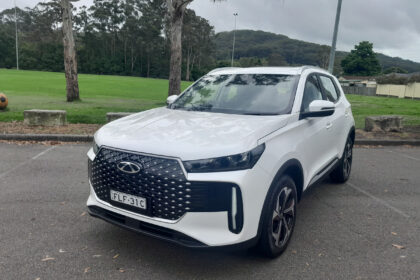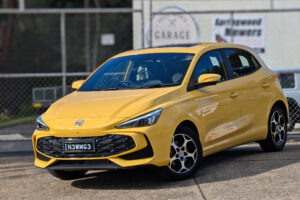
The Austin A40 did much to help Britain recover financially after World War II with the country badly in need of export dollars. Whilst millions of dollars were poured into Germany and Japan in the form of aid Britain received little assistance in recovering from the war.
The Managing Director at the time Mr LP Lord travelled to the USA in May 1946 and after a close study of conditions returned to the plant and prepared for a large-scale attack on the most difficult of all markets, with a new car then in a forward stage of development.
In August two of the A40 cars, known as the Austin Devon, were shipped to the USA. Dealers liked them and many were signed up. Canada, too, became an integrated part of the drive and old Austin distributorships and dealerships there were greatly strengthened. As the new A40s began to arrive and pass into the hands of the public, sales increased and valuable dollars flowed back to Britain.
However, to the regret of home-market customers, this 1200 cc car soon became the country’s best selling automotive export, appealing to Americans because its styling was close to the native product, until the real post-war models began to appear in 1949. The interior was traditionally British although the dashboard had much plastic and the instruments followed the American style.
The bonnet hinged at the rear and on opening revealed a valve-in head four-cylinder engine, a recent, for the time, Austin development for passenger cars, although Austin had been using these engines in trucks since 1939.
Underside was a further new development in the form of coil springing and also the use of fully pressed metal wheels. Neither Morris nor Ford had adopted this improved form of suspension at this time so Austin had some advantages to sell. Austin preferred a separate chassis frame, though they did not offer the A40 in a wide range of body styles: sedans, a utility, a panel van and a van-based station wagon represented their limit.
Tourers being a local phenomenon were confined to the Australian assembly plant. The conservative engineers at Longbridge did not wholly trust hydraulic brakes – like many other British car makes – preferring the Girling ‘half and half’ system with mechanical actuation to the rear.
Early models had a floor mounted gear shift but this was replaced by a column mounted gear shift in 1951. A sliding roof was standard in some markets but was, of course, not specified for those markets like Australia where heavy rains and dust storms were prevalent.
The 1200 cc engine was of the short-stroke type, viable when horsepower tax was abolished in Britain. With a power output in the 40-42 bhp range, top speeds of 112 km/h were achieved with a 0-55 km/h acceleration time down to less than 8 seconds and a fuel consumption quoted at nine litres per 100km with normal driving.








